Intro
Learn about the Hemoglobin A1c diabetes test, a crucial blood sugar monitor measuring average glucose levels, diagnosing diabetes, and tracking management through HbA1c levels, glycated hemoglobin, and blood glucose control.
The importance of monitoring and managing diabetes cannot be overstated. With millions of people worldwide living with this condition, it's crucial to have effective tools for tracking blood sugar levels and adjusting treatment plans accordingly. One such tool is the Hemoglobin A1c (HbA1c) diabetes test, a widely used diagnostic measure that provides valuable insights into a person's average blood glucose control over time. In this article, we'll delve into the world of HbA1c testing, exploring its benefits, working mechanisms, and practical applications for individuals with diabetes.
For individuals living with diabetes, regular monitoring of blood sugar levels is essential to prevent complications and maintain overall health. The HbA1c test has become a cornerstone of diabetes management, offering a comprehensive picture of a person's blood glucose control over a period of several months. By measuring the percentage of hemoglobin molecules that have bound to glucose, healthcare providers can assess the effectiveness of a patient's treatment plan and make informed decisions about future care. Whether you're newly diagnosed or have been living with diabetes for years, understanding the HbA1c test is crucial for taking control of your condition and achieving optimal health outcomes.
As we explore the topic of HbA1c testing, it's essential to recognize the significance of this diagnostic tool in the context of diabetes management. By providing a snapshot of average blood glucose levels over time, the HbA1c test enables healthcare providers to identify trends and patterns that may not be apparent through other means. This information can be used to adjust medication regimens, lifestyle habits, and other aspects of treatment to better meet the unique needs of each individual. With its ability to inform and refine diabetes care, the HbA1c test has become an indispensable resource for people living with this condition, and its importance cannot be overstated.
Hemoglobin A1c Test Overview
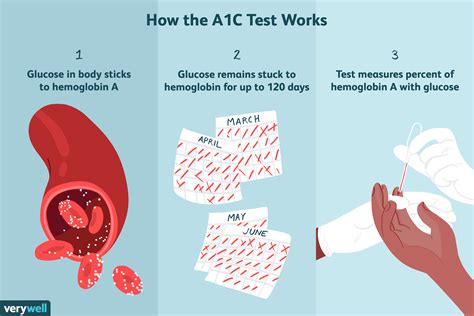
How the HbA1c Test Works
The HbA1c test works by measuring the amount of glucose that has bound to hemoglobin molecules in red blood cells. Hemoglobin is a protein in red blood cells that carries oxygen throughout the body. When glucose is present in the blood, it can bind to hemoglobin, forming a complex called glycated hemoglobin. The amount of glycated hemoglobin increases as blood glucose levels rise, making it a useful indicator of average blood glucose control over time. By measuring the percentage of glycated hemoglobin, healthcare providers can assess the effectiveness of a patient's treatment plan and make adjustments as needed.Benefits of the HbA1c Test
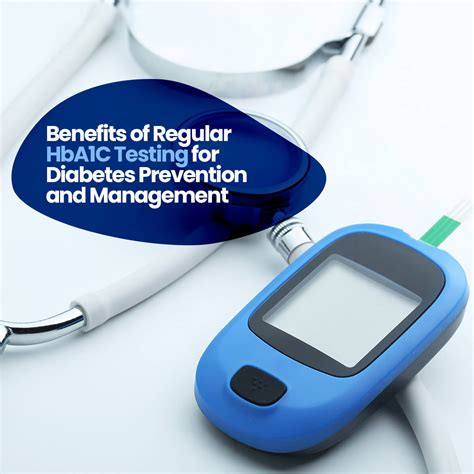
Interpreting HbA1c Test Results
Interpreting HbA1c test results requires careful consideration of several factors, including the individual's treatment goals, health status, and medical history. In general, HbA1c levels are categorized as follows: * Normal: below 5.7% * Prediabetes: 5.7-6.4% * Diabetes: 6.5% or higher For individuals with diabetes, the target HbA1c level may vary depending on factors such as age, health status, and treatment goals. However, the American Diabetes Association recommends the following targets: * Less than 7% for most adults * Less than 7.5% for adults with a history of severe hypoglycemia, limited life expectancy, or extensive insulin use * Less than 8% for adults with a history of cardiovascular disease or other significant comorbiditiesHbA1c Test Limitations and Considerations
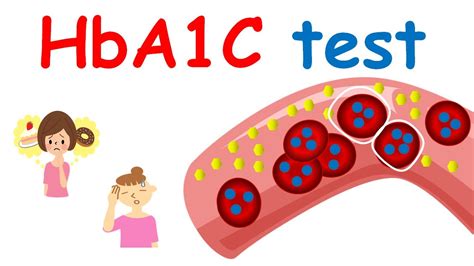
Alternative Tests for Diabetes Management
In addition to the HbA1c test, several other tests are available for diabetes management, including: * Fasting plasma glucose (FPG) test: measures blood glucose levels after an overnight fast * Oral glucose tolerance test (OGTT): measures blood glucose levels after consuming a sugary drink * Continuous glucose monitoring (CGM): measures blood glucose levels throughout the day using a small sensor Each of these tests has its own advantages and disadvantages, and healthcare providers may use them in combination with the HbA1c test to gain a more comprehensive understanding of a patient's diabetes.Practical Applications of the HbA1c Test
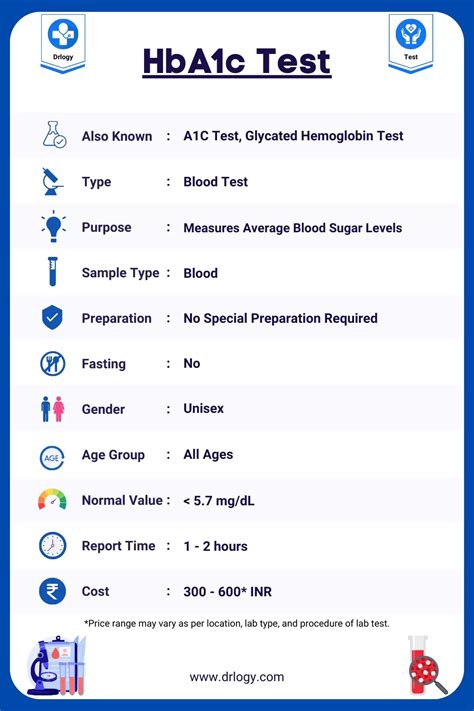
HbA1c Test and Lifestyle Changes
The HbA1c test can also be a powerful motivator for individuals with diabetes to make healthy lifestyle changes. By providing a clear picture of average blood glucose control over time, the HbA1c test can encourage individuals to: * Eat a healthy, balanced diet * Engage in regular physical activity * Manage stress and get enough sleep * Adhere to treatment regimens and attend regular healthcare appointments By making these lifestyle changes, individuals with diabetes can improve their overall health and well-being, reduce their risk of complications, and achieve optimal blood glucose control.Future Directions for the HbA1c Test
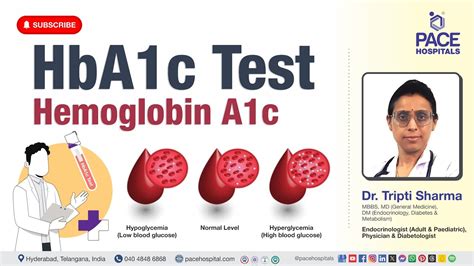
Conclusion and Recommendations
In conclusion, the HbA1c test is a valuable tool for diabetes management, providing a comprehensive picture of average blood glucose control over time. By understanding the benefits, limitations, and practical applications of the HbA1c test, individuals with diabetes can take control of their condition, achieve optimal health outcomes, and reduce their risk of complications. We recommend that individuals with diabetes work closely with their healthcare providers to: * Regularly monitor HbA1c levels * Set realistic treatment goals and develop personalized treatment plans * Make healthy lifestyle changes and adhere to treatment regimens * Stay informed about the latest developments in diabetes management and the HbA1c testWhat is the HbA1c test used for?
+The HbA1c test is used to measure the average level of blood glucose control over the preceding 2-3 months, providing a comprehensive picture of diabetes management.
How often should I get an HbA1c test?
+The frequency of HbA1c testing depends on individual factors, such as treatment goals and health status. Generally, the test is performed every 3-6 months.
What are the benefits of the HbA1c test?
+The HbA1c test provides a comprehensive picture of average blood glucose control over time, enabling individuals with diabetes to make informed decisions about treatment plans and lifestyle habits.
How can I prepare for an HbA1c test?
+No special preparation is required for an HbA1c test, but it's essential to follow your healthcare provider's instructions and attend regular appointments.
What are the limitations of the HbA1c test?
+The HbA1c test has several limitations, including the potential for red blood cell lifespan and hemoglobin variants to affect results.
We invite you to share your thoughts and experiences with the HbA1c test in the comments below. Have you used the HbA1c test to manage your diabetes? What benefits or challenges have you encountered? By sharing your story, you can help others understand the importance of this diagnostic tool and inspire them to take control of their condition. Together, we can work towards optimal health outcomes and a better future for individuals with diabetes.
